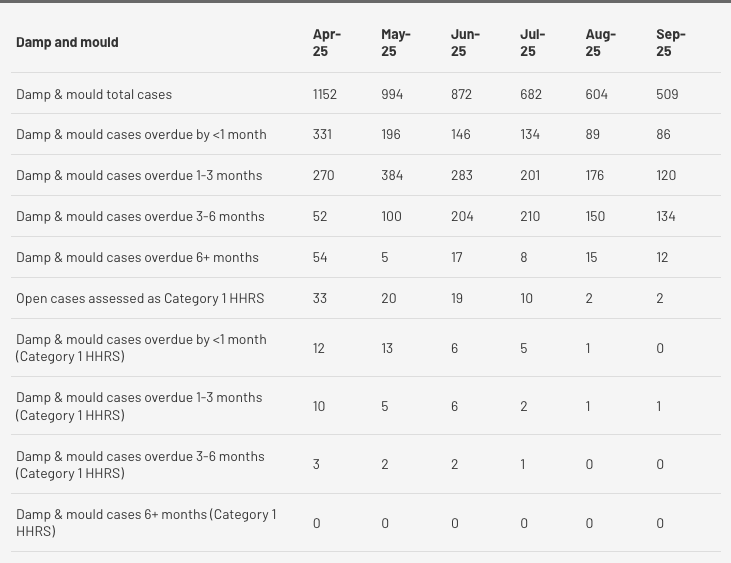
Southwark is working to dramatically reduce the number of homes with a damp and mould problem, the Council said just hours before Awaab’s Law came into effect.
The law, named after two-year-old Awaab Ishak who died from a respiratory condition caused by exposure to mould, requires landlords to fix damp and mould in social housing within set periods.
Michael Situ, cabinet member for council homes, told a council meeting that Southwark had undertaken a survey to identify homes with damp and mould issues as part of its efforts to become a good landlord. A specialist damp and mould team is also focussed on preventing, identifying and stopping damp and mould in council homes, he said.
He added: “If you tell us about a problem, we’ll visit your home the next working day. We’ll make it our priority to fix the most serious problems first, and to act quickly where vulnerable residents are affected, such as families with young children or anyone with breathing difficulties.”
Southwark created the Good Landlord Plan after a low rating by the Regulator of Social Housing, the organisation that oversees council housing in England. The regulator’s report, issued last November, graded Southwark housing C3, which means significant improvement is needed.
Councillor Angela Rose stressed that it was essential “to ensure our C3 rating does not become C4.”
In its last quarterly housing report, the Council promised to provide updates from April 2026 on stringent measures to tackle damp and mould cases. All damp and mould cases would be investigated within 14 days, works on identified hazards started within a week and emergency repairs completed within two days.
Construction has also begun on 3,500 council homes, which the Council said it hopes to see completed by April.
Awaab died five years ago in Rochdale. Guidance for social landlords became law on October 27.




